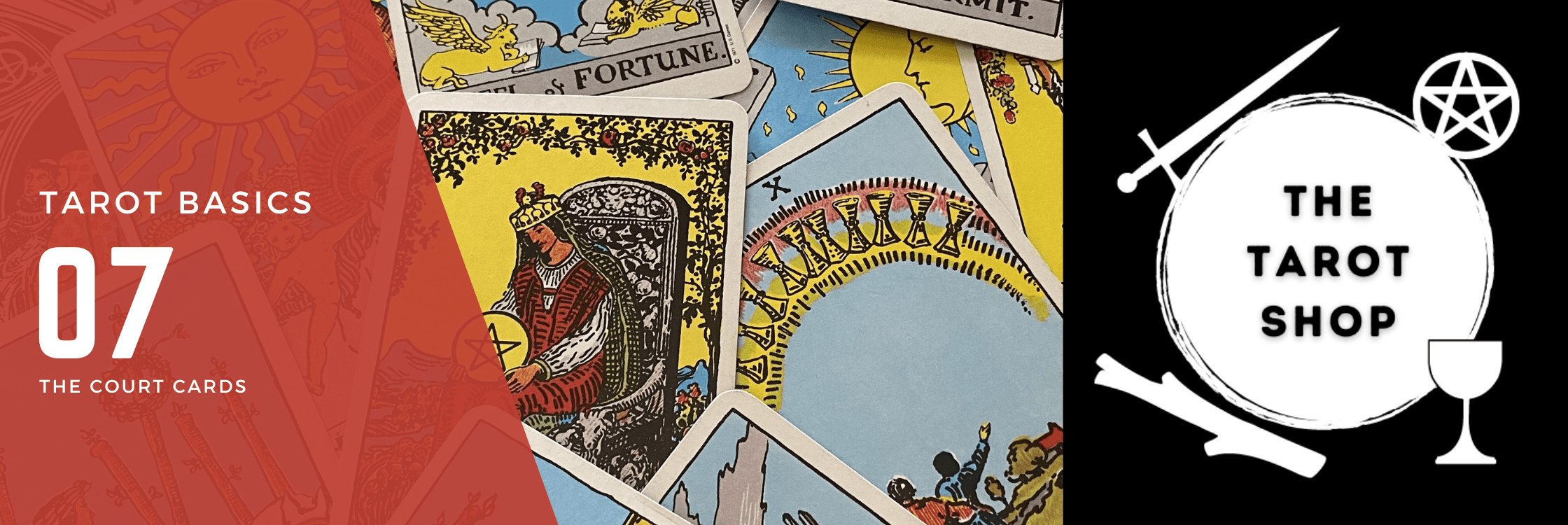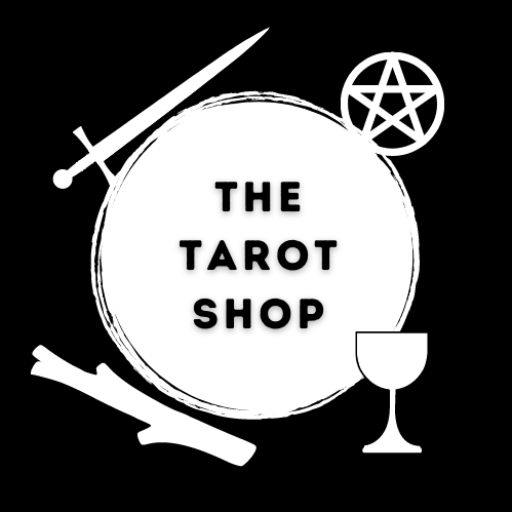
Whenever I talk about the Court Cards I start with the confession that I almost wanted to remove them from the pack in my early years as a Tarot reader. They used to drive me nuts. I’d lay a spread and lo and beyond the King of Swords would pop up in the environment and I’d be stumped. Is this person the father, the solicitor, the doctor, their partner, who, who, who? It’s like stumbling around in the dark for a clue as to why he appeared. So, I’d have to pop another card on top to get clarity and very often another would appear! Then, I went through a phase of ignoring them entirely and placing another card immediately over the card. I’m talking early days here, so please don’t judge, but my point is that you may find these a little confusing when they pop up in a reading if you go all out on the traditional interpretations. Singularly, of course, they make sense but it’s when they pop up in a reading. Some Tarot professionals have never had this issue but I’m a simple girl so I need it to be simple!
Each Court card represents a person in the client’s life, it can even be the client’s personal character traits. It’s too wishy-washy for my liking. Listen, I respect that they have a place of course I do! I use them now and don’t bat an eyelid because I have years of experience but as a beginner, I am going to do you a huge favour and share my simple method. In essence, Court Cards have both symbolic and zodiac meanings. The symbolic system is the one I use because it’s easy to recall. The Zodiac system is probably more fun if you love astrology. Tarot readers use both. Clear as mud?! Good, we’re on track. To summarise, below are the traditional versions of interpretation followed by my cheat sheet.



















